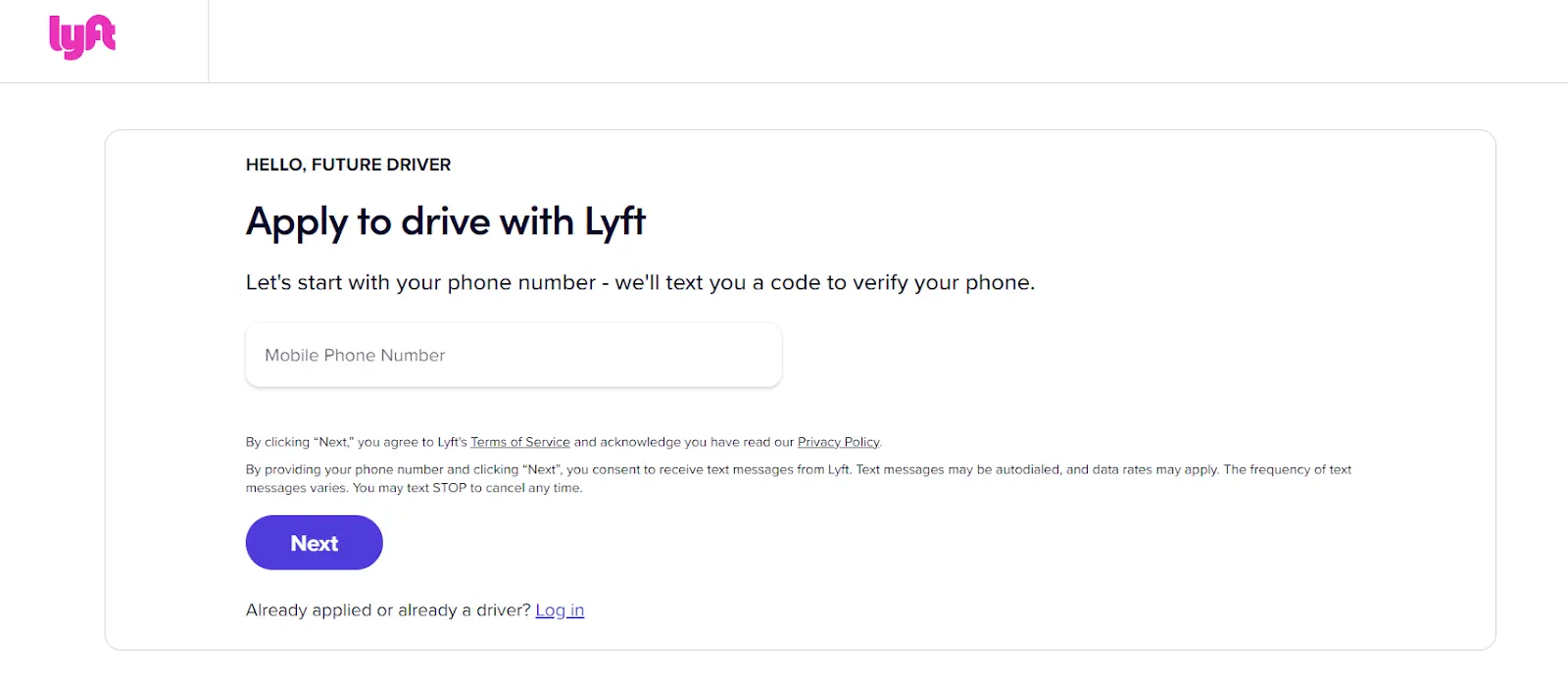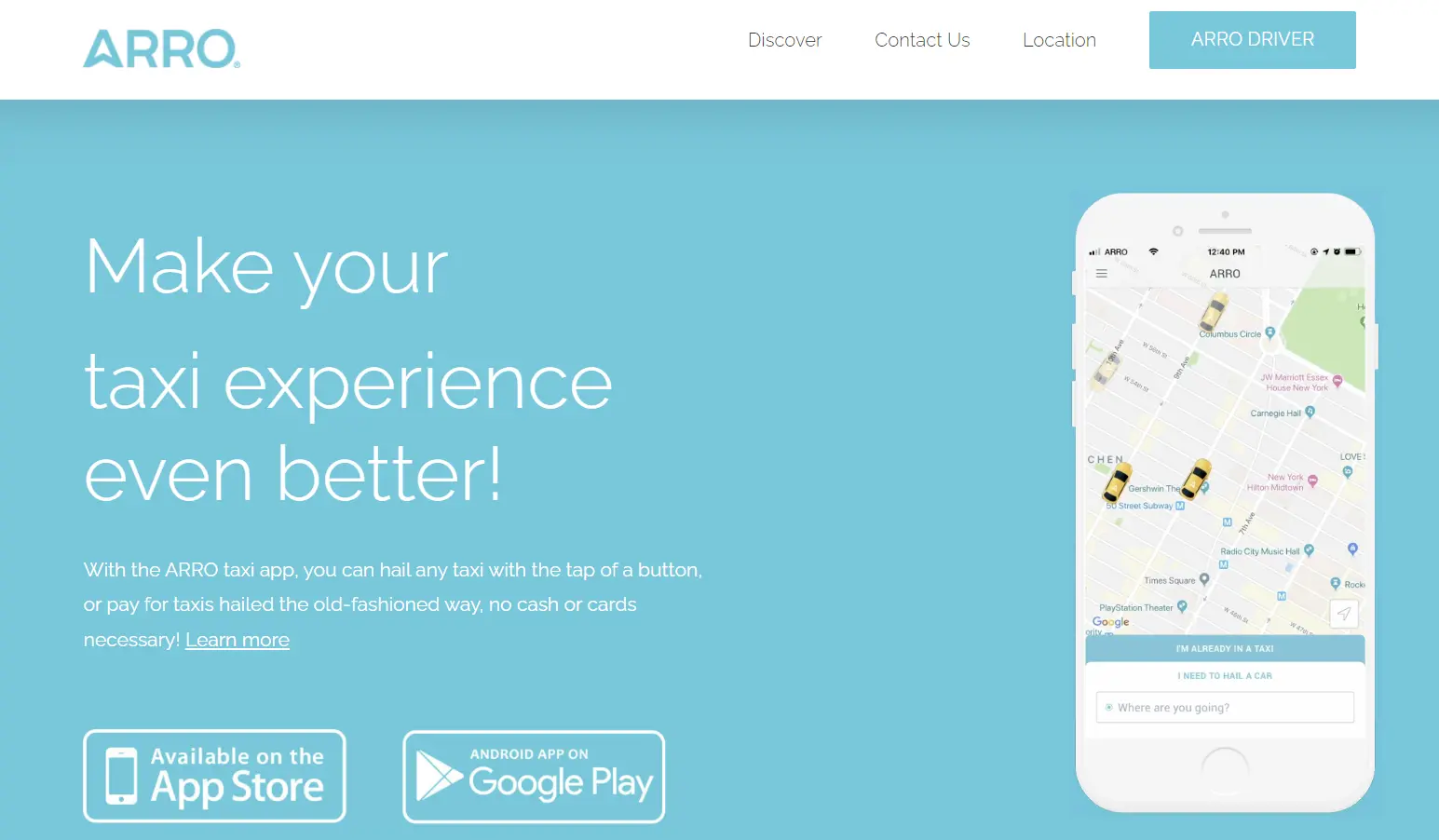In recent times, the rise of ride-hailing apps has successfully disrupted traditional taxi companies.
According to Statista, the UK’s on-demand transportation software industry will keep growing for the next four years, reaching almost $6 billion in revenue by 2028.
Whether you’re looking to build the next Uber or grow your taxi business with an app, this article will explore all you need to know about app development for taxi services.
Advantages of Mobile Apps for Taxi Companies
Taxi booking apps offer customers the convenience and efficiency that traditional taxi services simply can’t match.
With a few taps on their smartphone, users can easily order a ride, and even arrange the schedule, too.
There’s no need to flag down a cab on the street or wait on hold for phone dispatch anymore.
For that reason, it comes as no surprise that ride-hailing apps like Uber and Lyft have managed to rack up billions of dollars in revenue.
If you don’t want to get left behind, now is the perfect time to create an on-demand booking app for your taxi business.
Don’t know where to start?
Simply reach out to taxi booking app development services like LAD, and leave the complexities to the professionals.
Real Examples of Taxi Service Applications
Looking for inspiration?
These real-life examples of ride-hailing apps should provide a great starting point.
1. Uber

Uber is a pioneer in the ride-hailing industry.
Thanks to its user-friendly interface, users can request rides from a network of drivers with their personal vehicles.
The app offers real-time tracking, fare estimates, multiple payment options, and a convenient in-app rating system.
If you want to incorporate all the features that make Uber great, you can ask your development agency.
That said, the more complex your app is, the higher the cost of taxi booking app development.
2. Lyft

A strong competitor to Uber in North America, Lyft offers a similar ride-hailing service with a focus on eco-friendly ride options.
The company partners with drivers who use fuel-efficient vehicles and offsets carbon emissions from rides.
In terms of in-app features, lyft offers real-time tracking, upfront fare estimates, and secure in-app payments.
3. Arro

In 2015, New York’s iconic yellow taxis joined forces with Arro to fight Uber’s dominance.
What makes this app unique is that users don’t need to book a taxi.
They can simply hop on a random yellow cab and connect the app with the vehicle’s metre for payment.
Future Trends of Taxi App Development
By knowing what the future might hold for taxi booking apps, you’ll be one step ahead of the competitors.
Here are some trends to look forward to:
- Self-driving experience: As autonomous vehicle technology advances, we might see more taxi apps that integrate with self-driving cars.
- AI-powered route optimisation: By taking into account factors like traffic congestion and fuel efficiency, AI can help drivers reduce emissions and overall trip durations.
- Real-time verification: Facial recognition technology or other verification methods could be implemented to ensure the safety of both passengers and drivers.
- Predictive analysis: Business owners can use machine learning algorithms to provide more personalised experiences. Those include suggesting optimal pick-up and drop-off locations based on traffic conditions, and even predicting a user’s frequent destinations.
Ready to Build the Next Ride Hailing Unicorn?
If so, simply reach out to our experts here at London App Development (LAD).
With over a decade of expertise and more than 150 projects successfully delivered, we know what it takes to build a fast-performing and easy-to-use app.
We’ll handle everything, from calculating the app development cost breakdown to actually hand coding your app from scratch.
It’s a truly done-for-your service. Let’s Connect!





